A few years ago, Microchip acquired Atmel for $3.56 Billion. There are plenty of manufacturers of 8-bit microcontrollers, but everyone makes 8051s, and the MSP430 isn’t as popular as it should be. Microchip’s acquisition of Atmel created what is probably the largest manufacturer of 8-bit micros, with a portfolio ranging from ATtinys smaller than a grain of rice to gigantic PICs.
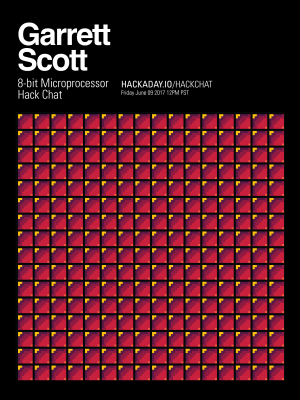 This Friday, we’re hosting a Hack Chat with the Technical Marketing Engineer of 8-bitters at Microchip. If you love AVR, this is the guy to talk to. If you’re still rocking the vintage 1993 PICkit, this is the guy to talk to.
This Friday, we’re hosting a Hack Chat with the Technical Marketing Engineer of 8-bitters at Microchip. If you love AVR, this is the guy to talk to. If you’re still rocking the vintage 1993 PICkit, this is the guy to talk to.
On the docket for this Hack Chat are some new PICs and some very interesting peripherals coming down the line. ADCC — A2D with computation — is on the table, along with configurable logic cells. This Hack Chat is also going to go over Microchip design tools like MP Lab Xpress.
Of course, these Hack Chats are a question and answer session for the community. We’re encouraging everyone to ask a few questions about what Microchip is doing. We’ve opened up a discussion guide for this Hack Chat. If you have a question, just add it to the list.
If you can’t make the Hack Chat, don’t worry. We’re going to have a transcript of the entire chat. That should be available here shortly after the chat concludes.
Here’s How To Take Part:
 Our Hack Chats are live community events on the Hackaday.io Hack Chat group messaging. This hack chat will take place at noon Pacific time on Friday, June 9th. Here’s a fancy time and date converter if you need timezone help.
Our Hack Chats are live community events on the Hackaday.io Hack Chat group messaging. This hack chat will take place at noon Pacific time on Friday, June 9th. Here’s a fancy time and date converter if you need timezone help.
Log into Hackaday.io, visit that page, and look for the ‘Join this Project’ Button. Once you’re part of the project, the button will change to ‘Team Messaging’, which takes you directly to the Hack Chat.
You don’t have to wait until Friday; join whenever you want and you can see what the community is talking about


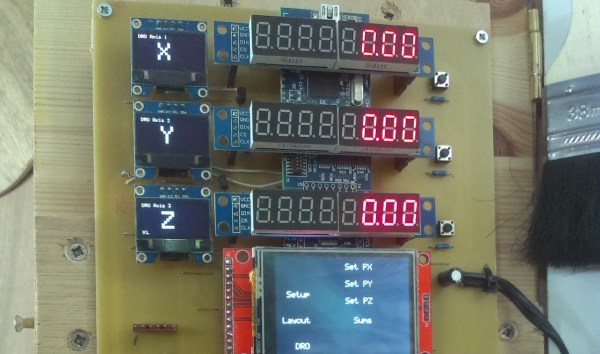


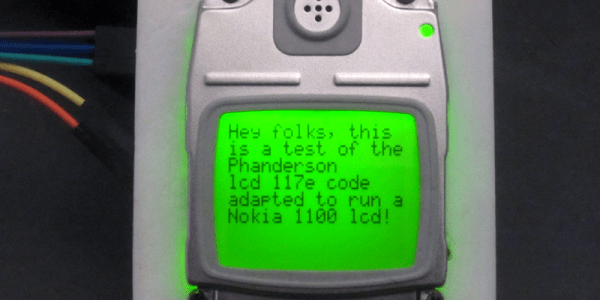

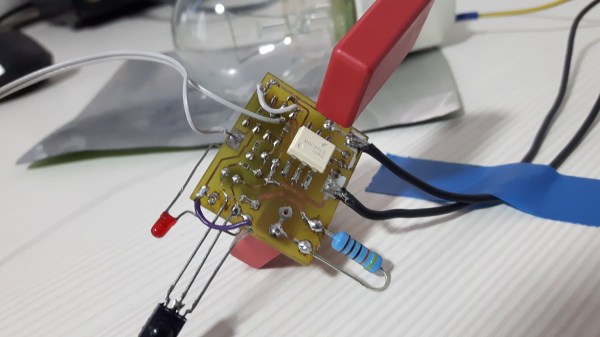

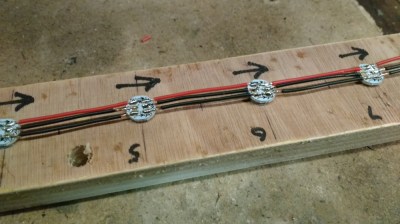 For starters, he got panels (as in PCB panels) of WS2812 boards from eBay. The advantage is it lets you choose your own pitch and strand length. The flip side is, you need to de-panel each board, mount it in a jig, and then solder three lengths of hook up wire to each LED. He planned for an eight sided star with ten LED’s each. And he built three of them. So the wiring was, substantial, to say the least. And he had to deal with silicone sealant that refused to cure and harden. But nothing that some grit and determination couldn’t fix.
For starters, he got panels (as in PCB panels) of WS2812 boards from eBay. The advantage is it lets you choose your own pitch and strand length. The flip side is, you need to de-panel each board, mount it in a jig, and then solder three lengths of hook up wire to each LED. He planned for an eight sided star with ten LED’s each. And he built three of them. So the wiring was, substantial, to say the least. And he had to deal with silicone sealant that refused to cure and harden. But nothing that some grit and determination couldn’t fix.








